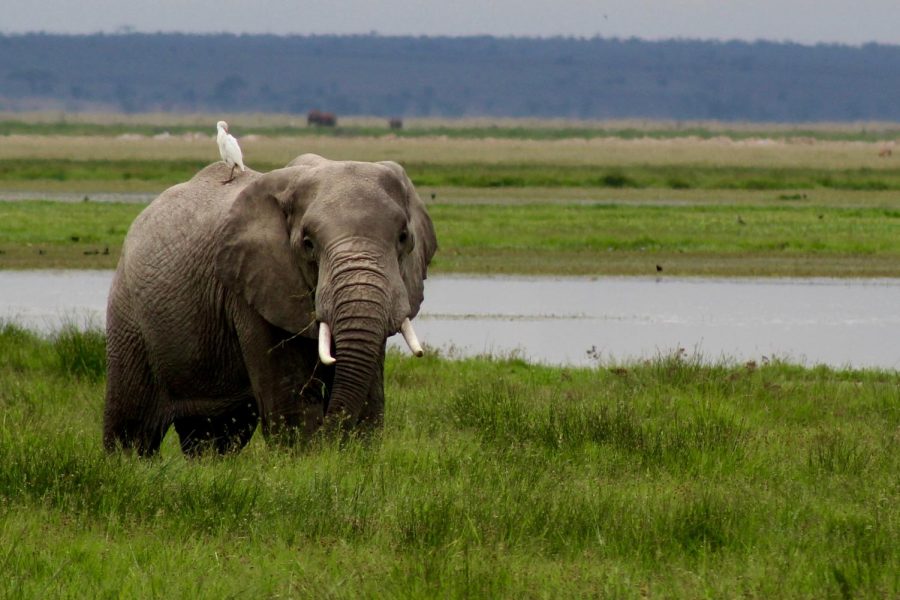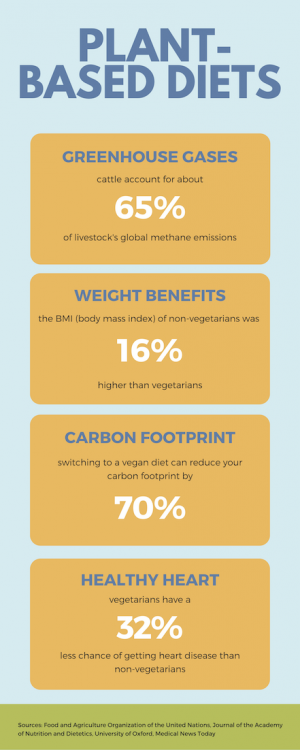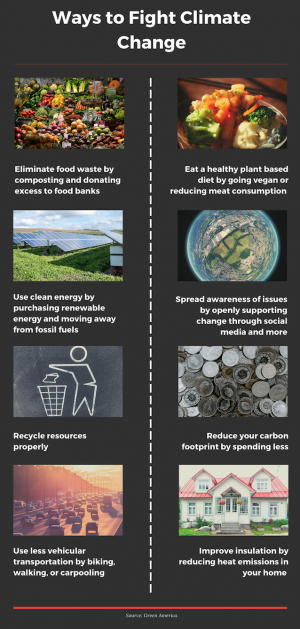Number of endangered species increases
Photo by sophomore Katherine Richer
On her trip to Africa, sophomore Katherine Richertook this picture of this elephant in its natural habitat.
January 2, 2021
Mother nature is home to various species and wildlife that help preserve the balance of nature. However, due to the loss of habitat, genetic variation, human activity, poaching and other factors, animals have increasingly become endangered. According to the Bridge Chronicle, in the last four decades, the world has lost more than half of its biodiversity and the current loss is between 1,000 to 10,000 times the natural extinction rate.
“The situation must be improved to preserve our planet’s biodiversity,” senior and president of the Students for Environmental Awareness/Action club Anyana Rajesh said. “Simultaneously, habitats across the world are facing the repercussions of climate change and the environments become less feasible for native animals to survive in.”
Climate fluctuations are causing sea levels to rise and large ice glaciers to melt, which is leading to the degradation of habitat for all marine animals. According to the World Wide Fund for Nature (WWF), not only is global temperature spikes weakening the Arctic climate, but droughts, hurricanes, heatwaves and warming seas are becoming more frequent and are negatively impacting animal habitats all over the world.
“I think this global problem has existed for way too long now, and as a society, we have failed ourselves and the animals impacted by our selfish actions and ignorance towards the problem,” junior Lauren Siesky said.
According to WWF, the Javan Rhinoceros is one of the top endangered animals of 2020. In Malaysia, there are currently 58 to 68 remaining as they are poached for their horns and have experienced an increased loss of habitat.
According to India Today, other animals that are rapidly going extinct are the Pangolins and Sumatran tigers in the South of China. According to WWF, mountain gorillas, another endangered species, are also being rapidly poached. With their habitats being occupied by people as well, their count amounts to only 880 in Uganda.
“It is incredibly difficult to bring back a species when they are at such low numbers,” veterinary science teacher McGlensey Antonucci said. “The lower the species numbers are, the lower genetic diversity and hybrid vigor are.”
According to the Competitive Enterprise Institute, even with the Endangered Species Act passed in 1966, there is an insufficient focus on the recovery of certain species and requires people to change their land use. Most local communities have not yet recognized the importance of these species to their environment and are now working together to improve their respect and conservation for the survival of the species. Taking these small and simple steps can make a huge difference to the environment and help many animals if followed efficiently.
“Consider how you could help your local wildlife,” Antonucci said. “This can be done by better waste management, gardening native plant species, not killing non-venomous snakes in your backyard and respecting your native wildlife by observation and not interaction.”






